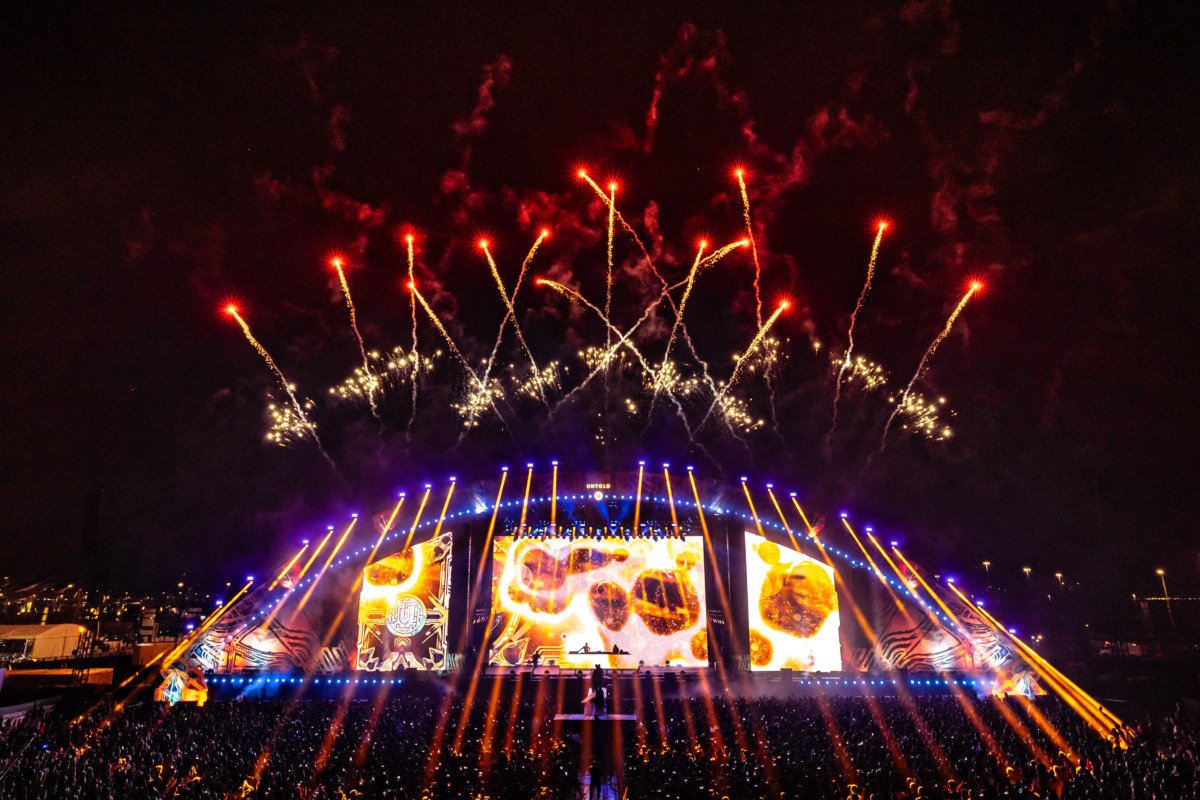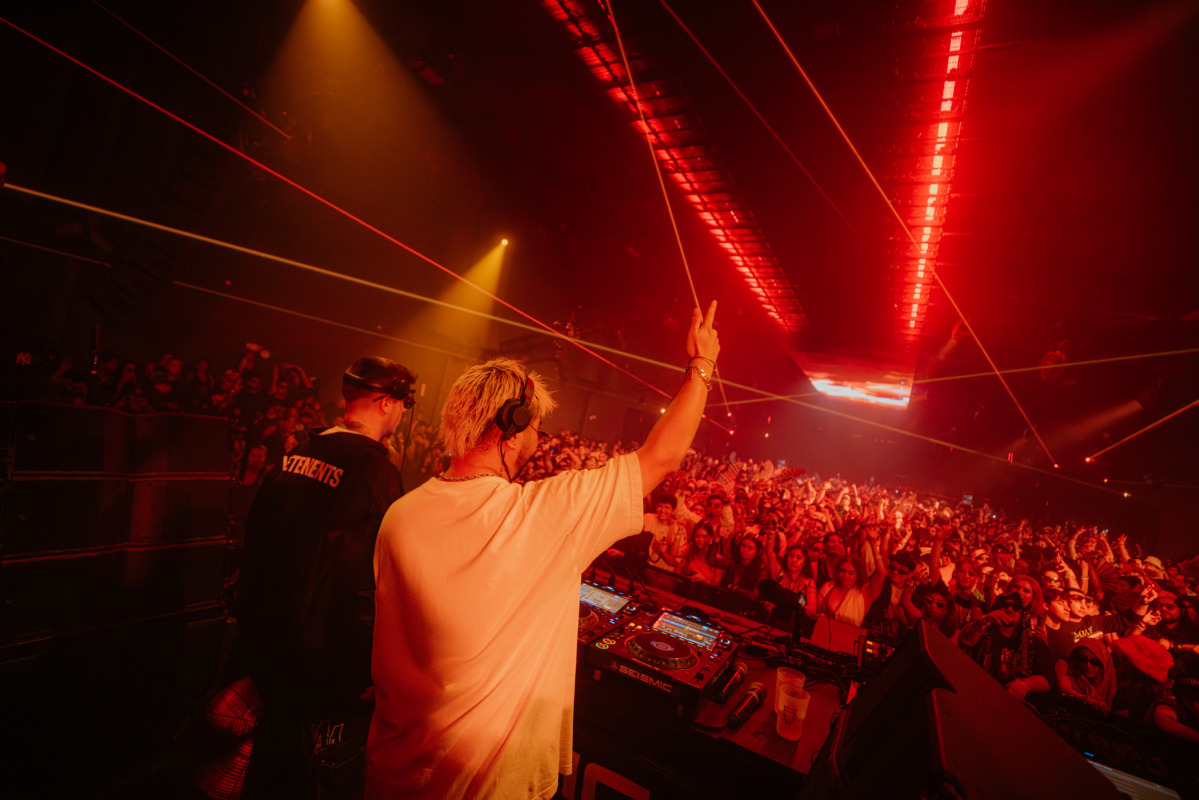WARNING: The following article contains spoilers for Castlevania Season 4, available now on Netflix.
Netflix's adaptation of Castlevania brings many of the myths and monsters from the popular video game series to life and, with its fourth and final season, it reveals the true antagonist pulling the strings behind the entire animated series: Death. Initially appearing under the guise of the vampire Varney, Death is revealed to be manipulating St. Germain towards resurrecting Dracula, with the intent to use the vampire lord to harvest more human souls to feed Death's insatiable hunger. And with Death being such a fixture in the video game series, the villain's twist appearance is as surprising as it is inevitable.
Death has appeared prominently in the Castlevania video games since the beginning of the franchise in 1986, often depicted as a lieutenant to Dracula and one of his closest associates. Death is the penultimate boss that the Belmonts encounter in many games of the series, from the original Nintendo Entertain System title to 1991's Super Castlevania IV on the Super Nintendo. And following the Super Nintendo game, Death would progress from being merely a silent antagonist that would serve as the last line of defense before the Belmonts battled Dracula himself.
As early as 1993's Castlevania: Rondo of Blood, Death played a more active role in Dracula's plots, attacking Richter Belmont at the start of the game to delay him in rescuing his village from a monster attack. 1997's Castlevania: Symphony of the Night took this one step further, with Death disarming Alucard to prevent him from taking a stand against father at the start of the game while 1999's Castlevania: Legacy of Darkness revealed that Death personally led the ceremony that resurrected Dracula in the 19th century, performing a black mass with a blood sacrifice at the start of the game.
The Castlevania games in the 21st century would continue this trend of Death playing an increasingly important role in the franchise's mythos. 2003's Castlevania: Lament of Innocence revealed the origins of Death and Dracula's partnership, with Death serving as the final boss faced by Leon Belmont and joining forces with Dracula in his past human persona as Mathias Cronqvist in the 11th century. 2007's Castlevania: Portrait of Ruin had Death and Dracula fight alongside one another against Jonathan Morris and Charlotte Aulin in the final battle while the reimagining of the franchise that began with 2010's Castlevania: Lords of Shadow and its 2014 direct sequel Castlevania: Lords of Shadow 2 introduced a frenemy to Dracula named Zobek, eventually revealed to be Death.
Appropriately, the depiction of Death that mirrors the most with the animated series' portrayal is from 2005's Castlevania: Curse of Darkness, which has already been a major narrative influence on the series. The game revealed Death disguised himself as a character Zead and manipulated Hector and Isaac into resurrecting Dracula. Death's motives are a little more altruistic, wanting to be reunited with his master, as opposed to the animated series that sees him trying to use the vampire to harvest him more souls by driving him insane by the means of his resurrection.
In retrospect, Death's appearance in the Castlevania animated series was really only a matter of time and definitely gives Trevor Belmont and company a worthy foe to close out the original series. Death and Dracula don't quite work together in the animated adaptation but the video games have proved there is certainly a precedent for the two to join forces should a follow-up bring the two back together.
Castlevania stars Richard Armitage as Trevor Belmont, Alejandra Reynoso as Sypha Belnades, James Callis as Alucard, Theo James as Hector, Adetokumboh M'Cormack as Isaac, Jaime Murray as Carmilla, Jessica Brown Findlay as Lenore, Bill Nighy as St. Germain, Jason Isaacs as The Judge and Rila Fukushima as Sumi. All four seasons are available to stream now on Netflix.
About The Author

